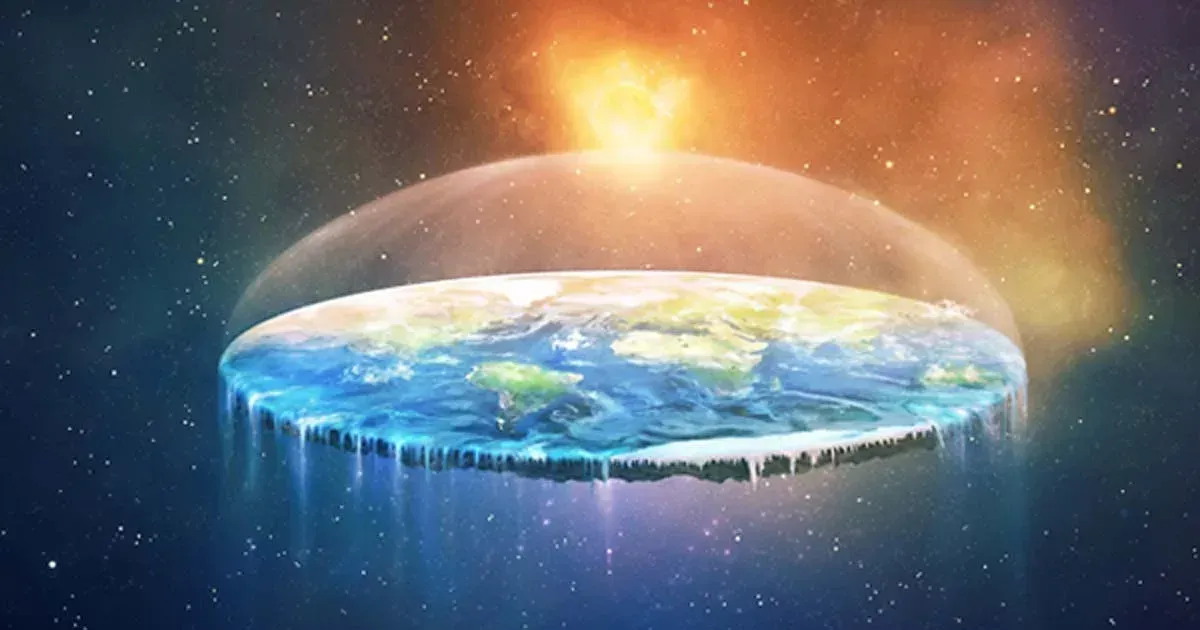Proving the Earth Is Round by Bicycling

Scientist and science vlogger Kurtis Baute wanted to prove the world is round (not flat) by using simple methods accessible to pretty much anyone: two sticks, an orange and a bicycle. He conducted his experiment along a very flat road between Regina and Stoughton in Saskatchewan, Canada.
When I got to Stoughton, I set up a sundial that was 100 centimeters high and I measured the shadow of the sundial at a specific time the shadow was sixty six point one centimeters long €¦ Casey in Regina was taking another measurement on an identical sundial his measurement was three point nine centimeters longer. He measured a shadow of 70.0 centimeters and that means that the earth is a sphere
It’s a cool experiment and reminds me of another road-based proof that the earth is round.
Ever been out riding or driving country roads and noticed that there are weird curves or short zigzag turns thrown into the mix? Why isn’t it simply a grid? Well, precisely because you can’t put a 2D grid on a sphere.
Grids have been used to lay out American roads since we started building them. One of the more prominent uses of the grid was the Jefferson Grid.
The Land Ordinance of 1785, drafted by Thomas Jefferson, extended government authority over the Mississippi River and the Great Lakes regions. As a response to what he believed to be a confusing survey system already in use, Jefferson suggested a new grid system based on the rectangle. The grid divided land into plots one mile square, each consisting of 640 acres. The grid also placed a visible design upon a relatively untouched landscape.
As those of us with an education and critical thinking skills know, the Earth is spherical. If you try to cover a sphere with squares, you’ll find they won’t line up perfectly. So corrections have to be made. Those corrections look like this:






